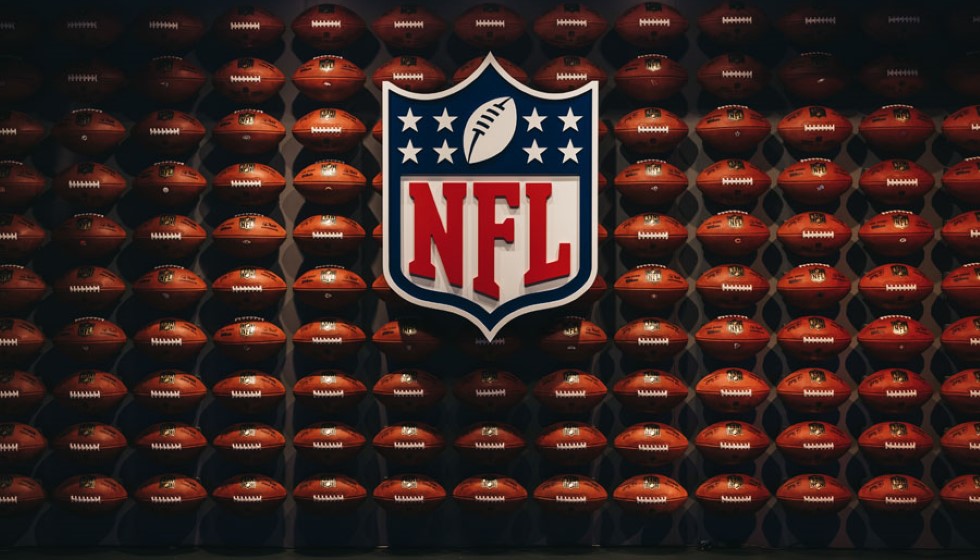
The NFL supplemental draft, a crucial safety net for teams seeking emergent talent outside the traditional draft calendar, will once again be absent in 2024. This marks the fourth consecutive year of its dormancy, having last been activated in 2019. The gap continues to raise eyebrows among fans and analysts alike, questioning its future relevance within the league's broader football operations.
A Brief History and Structure
Established in 1977, the NFL supplemental draft has long served as an auxiliary route for players who find themselves ineligible for the traditional draft. Originally designed to accommodate individuals who experienced unanticipated setbacks in their college eligibility or had personal situations preventing them from entering the NFL draft, the supplemental draft forms a unique and, albeit infrequent, layer to the league’s talent acquisition strategies.
The structure of the supplemental draft mirrors the seven-round format of the traditional NFL draft. Teams are categorized based on their performance from the previous season and then given the chance to submit bids for eligible players. If a team successfully secures a player in the supplemental draft, it must forfeit its corresponding pick in the same round of the subsequent year's regular draft. This feature, consequently, makes participation a calculated risk, requiring teams to weigh immediate needs against future draft capital.
The Dormant Years and Past Selections
The supplemental draft has been notably dormant since 2020. The last instance in 2019 saw the Arizona Cardinals making the only selection, picking safety Jalen Thompson in the fifth round. Thompson has since contributed to the Cardinals' defensive lineup, demonstrating the potential value such supplemental picks can provide.
The absence of the draft from the NFL calendar for the past few years underscores a shift or perhaps a re-evaluation within the league’s operations. In 2022, despite two eligible players entering the supplemental draft pool, none were chosen by any team. This lack of activity fuels discussions about whether the supplemental draft truly remains a vital component for team strategists and talent scouts.
Evolution and Eligibility
Since its inception, the supplemental draft has undergone significant adjustments. Notably, in 1993, the league expanded its parameters to include players who had never attended college, further broadening the scope of potentially eligible athletes. This change was aimed at ensuring that talented individuals who could not follow the conventional path through college football still had an avenue to join the NFL ranks.
The eligibility criteria primarily target players with exceptional, often sudden, circumstances affecting their normal entry into professional football. Whether due to academic issues, disciplinary actions, or personal crises, these athletes find an alternative route to showcase their capabilities and earn a spot in the NFL.
Current Landscape and Future Considerations
Looking ahead, the indefinite hiatus of the supplemental draft raises pertinent questions about its utility and adaptation in contemporary NFL operations. Given the increasing complexity of the league's talent acquisition and management, there may be ongoing deliberations behind the scenes to either revive the draft with a renewed purpose or potentially phase it out entirely.
For now, NFL teams will continue to harness the available scouting methods and draft mechanisms to build their rosters, while analysts and fans alike keep a watchful eye on any announcements regarding the supplemental draft’s potential return. The landscape of professional football is ever-evolving, and the NFL supplemental draft's prolonged dormancy serves as a reminder of the constant strategic shifts within the league.